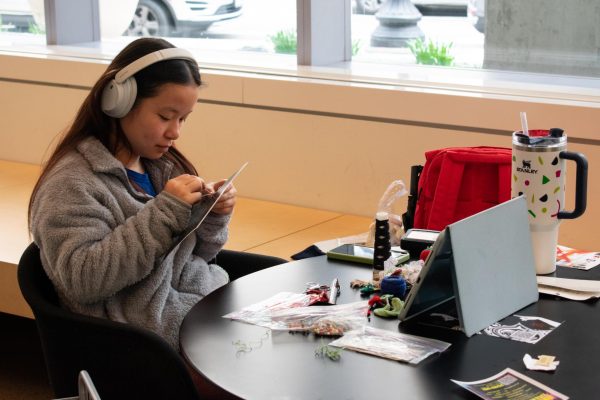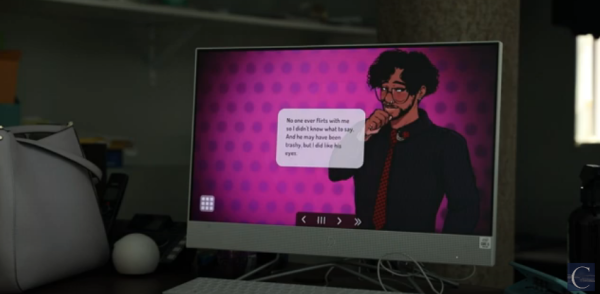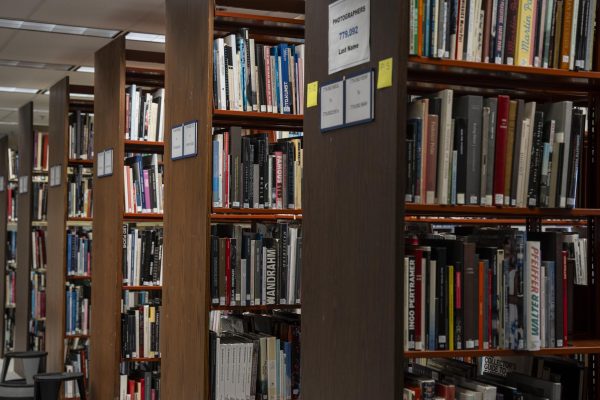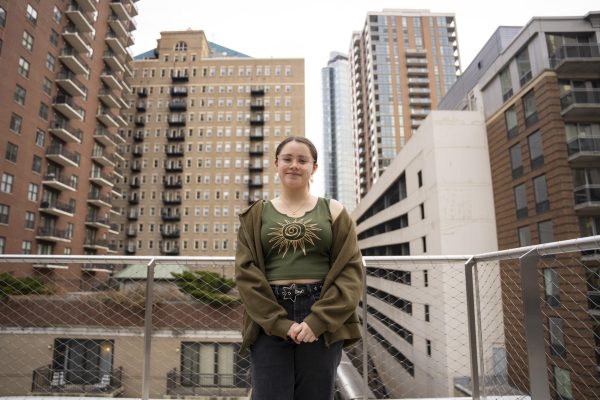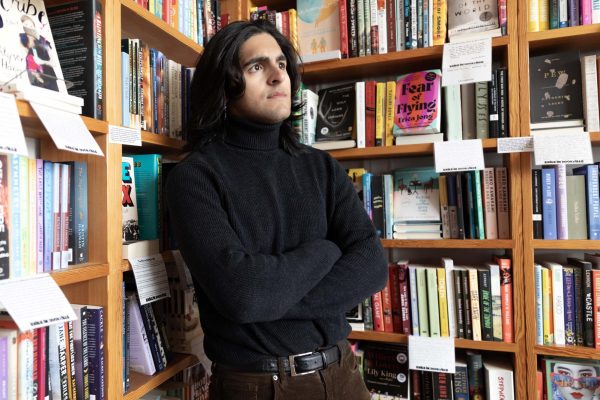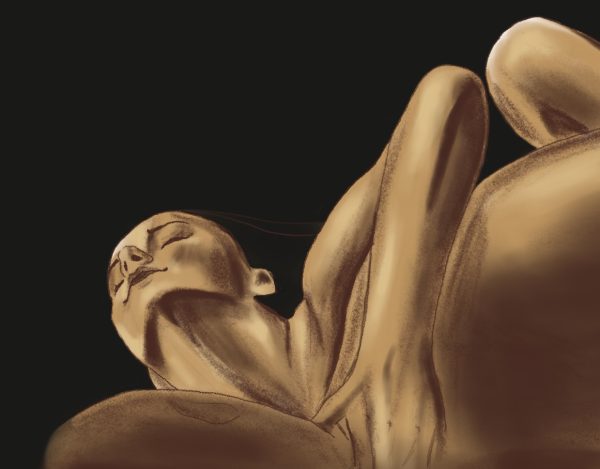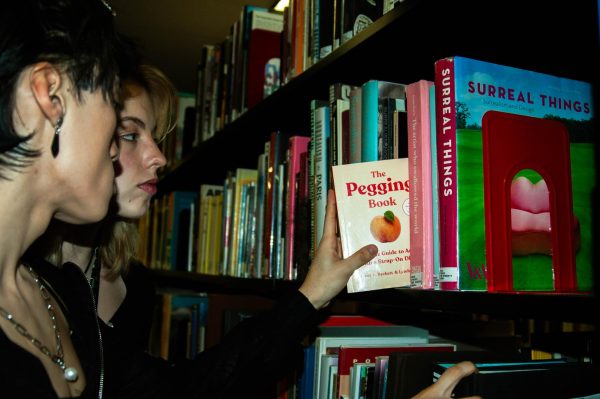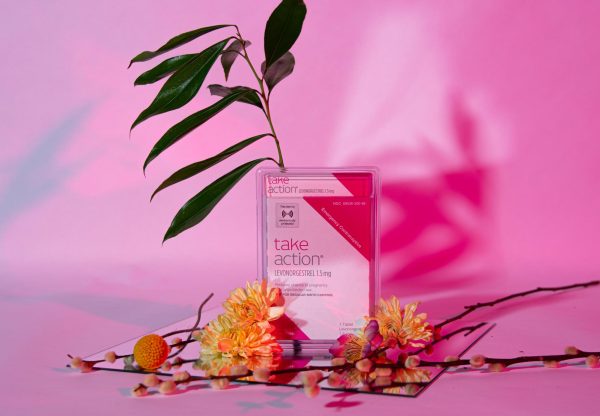Painting the town
February 16, 2009
Riding the el every day yields little for the eyes except for rusted steel and crowds of people, but the Arts in Transit program is adding a mosaic of color and creativity to a commuter’s daily routine.
Eighteen stations of the Brown Line are being renovated, and each will receive a unique tiled mosaic piece that embodies the communities where they are located. The next stop to receive a bit of artistic flavor on the Brown Line is Belmont.
The Arts in Transit program was established in 2004 during the Pink Line renovations. Nine permanent art works were installed at eight of the Pink Line stations.
“I think when there is public art, it makes life a little more interesting and attractive,” said Elizabeth Kelley, director of City of Chicago Public Art.
So far, many Chicago artists have been commissioned for the Arts in Transit program, but there are a few out-of-state and international artists who are competing for the final pick.
“It does provide the opportunity for artists to have big commissions and projects. We have commissioned predominately Chicago artists,” Kelley said. “There is a tremendous art community here. It’s been a privilege to tap into some of that talent.”
The artists were asked to create a design that would resemble Lakeview’s history and culture. Different themes emerged throughout each proposal.
“One artist created a very lush fantasy landscape to remind commuters that outside the steel and concrete station is a wonderful world of nature,” Kelley said.
Other themes included diversity, transportation and Chicago’s skyline.
One illustration contained a “rainbow of colors,” that symbolized diversity throughout Lakeview and the rest of Chicago.
The selected mosaic will be displayed inside the station in August, filling a 6-foot by 20-foot space, along with two large columns that will stand in front of the wall, Kelley said.
Several hundred artists’ illustration ideas were sifted through, and six finalists emerged. Lakeview residents came together Jan. 30 at Ann Sather’s restaurant, 909 W. Belmont Ave., to discuss details and comment on the finalists’ work.
Community members made comments on each piece that were written down for consideration in the final decision, said Amy Karatz, vice president of East Lakeview Neighbors.
Karatz said she liked the community involvement for selecting the pieces and the idea of urban art throughout the city’s train stations.
“Commuting is very hard, taking the el is just difficult. It’s noisy and not very friendly,” Karatz said. “Having art there just lifts the spirit and if you have to take the train everyday, it’s a relief to see the art. It just makes you smile.”
During the meeting, Karatz noticed more attention was drawn to one piece over the rest-David Csicsko’s. People from every age group liked and appreciated his rendition of Lakeview.
“I see Belmont as extremely diverse, so I was trying to show the diversity in the neighborhood,” Csicsko said. “My design features a train, so my concept was that we all ride the train together and we are all kinds of people.”
But the large wall at the station designated for the mosaic doesn’t intimidate him. He said he is used to working on large-scale projects and prefers it.
Over the last few years, Csicsko has created a 90-foot long mosaic for a hospital, stained-glass windows for churches and many other pieces that are displayed around the country.
“I’m really lucky because I work a variety of mediums like print and mosaic,” Csicsko said. “I like doing things for large scale interiors and working other artists.”
Csicsko is a resident of Lakeview and has already displayed one of his paintings at the Belmont station. But due to Chicago’s winter, the piece was eventually destroyed
“I loved being up there when my work used to hang up at the station,” Csicsko said.
Csicsko said he enjoys creating pieces that will affect people’s daily lives. He puts a lot of thought into who is going to see his work and what it could mean to them.
“If someone gets to see a great piece of art at the train station, it could bring a lot of joy to someone’s routine,” Csicsko said.
The CTA is being very proactive in mimicking other great railways. When the projects are finished, they could make the overall experience of commuting much more enjoyable, Csicsko said.
“I think it’s wonderful that people get to see art every day, if not for free, for the price of a train ticket,” she said.



